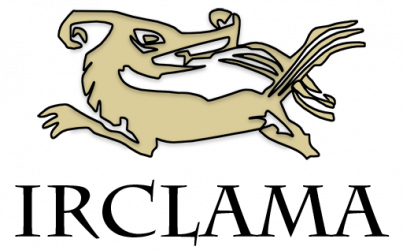“Kuća rapske torte” courtyard

The IRCLAMA team and the Archaeology Department at the University of Padova begun the archaeological research in the very center of the Rab town in 2015 after a detailed survey of the town’s urban raster. The existence of Roman sarcophagi re-used in the wall structures implied that this was a burial site during the Roman period, and that the site was reorganized in order to reinforce the town’s defense system at one point in time (probably around 6th century). The archaeologists have also found very well preserved remains of a blacksmith’s workshop and the rests of later medieval houses. The new finds have shed new light and have significantly changed our understanding of not only this single site, but also the urban development of Rab through the centuries in general.
Publications:
Jurković, M., Kranjec, I., Rab – dvorište “Kuće rapske torte”, Hrvatski arheološki godišnjak, 12/2015 (2016), 494-495.
Benedictine monastery of Saint Andrew

The research team has conducted a series of archaeological campaigns in the garden of the Benedictine monastery of St Andrew in 2016. The site is located in the area which was expected to hide the earliest layers of the urbanization of Rab and the results have confirmed ambitious assumptions. The floor mosaic and the structures dated to the 1st century AD, most probably belonging to a wealthy Roman domus (maybe even the first decades of the Municipium Arba) are one of the very rare Roman finds in situ, thus giving as a valuable insight into the early phase of the urbanization of the town.
Geopark / Winter Cinema terrace

The terrace adjacent to the outer defense walls was excavated in the autumn of 2019 due to the planned construction of the new Geopark institution building. The site gave few findings, dating from the very late middle ages to the modern period since the site was heavily excavated in the 20th century. The analysis of the material is still in progress.
Town park “Dorka”
The town park “Dorka”, now a picturesque and pleasant ambient, actually hides some of the evidence of the early history of the town, since it is located right below the cathedral complex. The research team has conducted short research focused on a smaller medieval church, the remains of which are still visible on the older aerial photos. Since the concrete road has been built directly on the remains of the church, the majority of the structures have already been destroyed.
